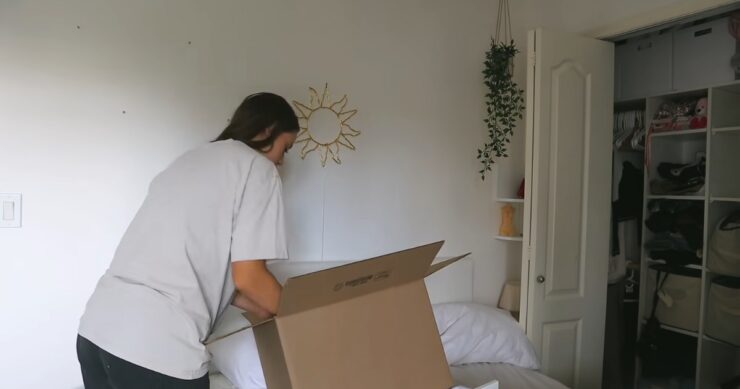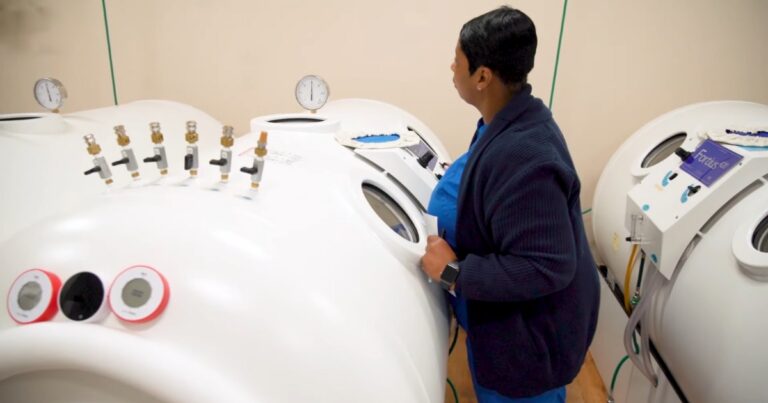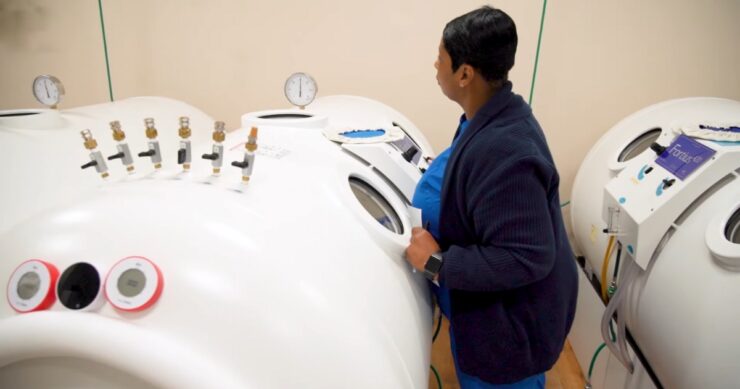Moving to a new home can be an exciting journey, a fresh start that promises new adventures and opportunities. However, the process can also be overwhelming, with the potential to turn into a stressful endeavor if not managed properly. One of the critical components of a smooth transition is packing.
Strategic packing goes beyond simply placing items in boxes; it’s about organizing your belongings to make unpacking in your new home a breeze. Let’s dive into the process of sorting, decluttering, and packing your items strategically to ensure your move is as stress-free as possible.
Sorting and Decluttering
Before you start packing, the first step is to sort through your belongings. This is the perfect opportunity to declutter and decide what truly needs to make the move with you. Begin by categorizing your items into ‘keep,’ ‘donate,’ ‘sell,’ and ‘discard’ piles. Be honest with yourself about what you use and what has just been taking up space.
Remember, the more you declutter now, the less you have to pack, move, and unpack. This process not only lightens your load but can also provide a sense of liberation, making your move a fresh start in more ways than one.
Essentials Box

An essentials box is crucial for a smooth first night in your new home without having to rummage through dozens of boxes. This box should contain items you’ll need immediately upon arrival. Think of it as a survival kit for the first 24 hours in your new space.
Items to include are toiletries, a change of clothes, snacks, a basic first-aid kit, important documents, chargers for your devices, and a few basic tools. Also, consider the needs of every family member, including pets, to ensure everyone has their necessities at hand. Before we continue, don’t forget to click here for the proper start of your move.
Seasonal Clothing and Items
Packing seasonal clothing and items that you won’t need before the move is a smart way to start the packing process. If you’re moving in summer, pack your winter coats, boots, and holiday decorations first. These items are already likely stored away and won’t be missed in the weeks leading up to your move.
This approach not only helps you get a head start on packing but also ensures that these out-of-season items are neatly stored and ready to go when their season comes around in your new home.
Non-essential decor and Artwork
Decorative items and artwork are what make a house feel like a home. However, they are non-essential in the weeks leading up to your move. Start packing these items early in the process. Pay special attention to properly wrapping and boxing them to avoid damage during the move.
Use bubble wrap, packing paper, or even blankets to protect these treasures. Remember to label these boxes clearly and indicate if the contents are fragile to ensure they’re handled with care.
Books and Magazines
Though they’re a source of joy and knowledge, books and magazines can be surprisingly heavy and difficult to move. When packing these items, use small boxes to avoid making the boxes too heavy to lift.
Consider decluttering your collection by donating or selling books you no longer need or have already read. For those precious volumes that will make the move with you, pack them tightly to prevent shifting and possible damage during transport.
Kitchen Items

Packing your kitchen requires a strategic approach due to the variety of items, from fragile dishes to bulky appliances. Begin by sorting your kitchenware into categories. Fragile items like glasses and plates need careful wrapping in bubble wrap or packing paper to prevent breakage.
Sturdy containers or boxes with sectioned dividers are ideal for these items. For utensils, use organizer trays to keep them sorted and wrap them in plastic wrap to maintain order. Packing pots and pans can be more straightforward, but remember to use the space inside them for smaller items or spices to maximize space and provide extra padding.
Electronics and Cables
Electronics and cables are vital components of our daily lives, and ensuring their safe transportation is crucial. Before unplugging any devices, please take a photo of the setup to remember how to reconnect them in your new home. Use original boxes for packing electronics when possible, as they are designed for transport.
If those aren’t available, use sturdy boxes and sufficient padding. Labeling cables and grouping them with their corresponding devices avoid confusion during the setup process in your new place. Consider color-coded labels or tags to make identifying each cable easier.
Furniture and Large Items
Packing furniture and large items can be one of the most challenging parts of moving. Assess which pieces will require disassembly and start this process well in advance of moving day. Keep all screws, bolts, and small parts in labeled zip-lock bags, and tape these to the furniture they belong to.
For larger pieces that don’t disassemble, ensure you have a clear path to move them out of your current home and into the new one. Protective wraps and padding are essential to avoid scratches or damage during the move.
As we delve into the intricacies of stress-free relocation, it’s crucial to consider essential tips for a seamless transition, especially when planning a move to Las Vegas, as discussed in our comprehensive guide.
Garage and Outdoor Equipment
Garage and outdoor equipment often include sharp tools, heavy items, and occasionally hazardous materials. Start by sorting and purging items you no longer need. Tools should be packed securely in sturdy boxes, with sharp edges wrapped and clearly labeled to prevent accidents.
Drain fluids from equipment like lawnmowers and properly dispose of or transport fuels and other hazardous materials according to local regulations. Consider renting or purchasing specialized containers for particularly heavy or bulky items.
Sentimental Items

Sentimental items and memorabilia are irreplaceable, and packing them requires a gentle touch and thoughtful consideration. These items should be packed separately from your everyday belongings and clearly labeled.
Use sturdy, well-padded boxes for transport, and consider keeping these items with you during the move, rather than with the rest of your belongings in a moving truck. This way, you can ensure they are handled with care and given the attention they deserve.
Final Preparations
As you approach moving day, your final preparations will set the stage for a smooth transition. Label each box with its contents and the room it belongs to. This not only helps with organization during the move but also streamlines the unpacking process.
Create a detailed inventory of your items to keep track of everything throughout the move. Finally, prepare an essentials box with items you’ll need immediately upon arrival at your new home, like toiletries, a few dishes, basic tools, and perhaps a coffee maker for that first morning in your new space.
Packing strategically is more than just a time-saver; it’s a way to ensure that your belongings, from the sturdy to the sentimental, arrive safely and efficiently at your new home. With these guidelines, you’re not just boxing up items—you’re ensuring your transition to your new space is as stress-free and organized as possible.











